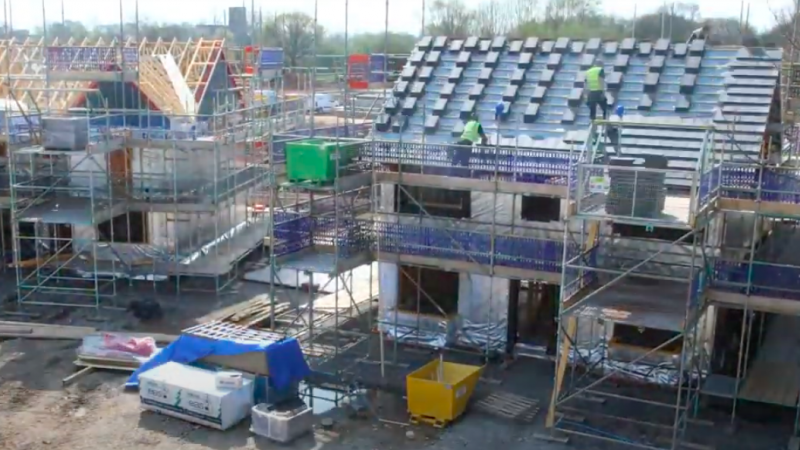With more than a million households waiting for social homes, those on low-incomes are increasingly being pushed into unsuitable and costly accommodation in the private rented sector as well as into temporary accommodation.

Britain is in the in grip of a housing crisis, with the number of households who are assessed as homeless or at risk of homelessness at a record high.
The government’s own figures released last week show that a record 145,800 children are now homeless in England, with the number of children living in temporary accommodation now at the highest ever level recorded and up 15% on last year.
Almost 320,000 households were assessed as homeless or at risk of homelessness – also a record high, while the number of households threatened with homelessness and owed a prevention duty because of a section 21 notice is the highest on record, at 25,910 over the last year. Last month, the government failed to set a date for banning section 21 no-fault eviction notices, which continue to have devastating impacts for low-income and vulnerable households up and down the country.
One of the major causes behind the housing crisis is that there are simply not enough good quality, low-cost homes available for everyone who needs one, with a decline in the availability of social housing.
With more than a million households waiting for social homes, those on low-incomes are increasingly being pushed into unsuitable and costly accommodation in the private rented sector as well as into temporary accommodation.
In England, there are now 1.4 million fewer households in social housing than there were in 1980, as a result of a failure to build enough social housing as well as due to stock being lost through Right to Buy.
The Mayor of Greater Manchester Andy Burnham today called on the government to allow him to suspend Right to Buy, after claiming that it was the reason the housing crisis had got “worse every year”.
In a bold and radical step, Burnham, who was re-elected as Mayor of Greater Manchester last week, has said that the Right to Buy scheme, which allows council tenants to buy their council home at a discounted price, should be suspended so that more social homes could be built across the country.

The chart below from Shelter shows just how steep a drop there has been in the delivery of social homes.
At present, social housing is mainly delivered through one of two ways: central investment from the government via funding allocated in the Affordable Homes Programme (AHP), and negotiations between local authorities and developers via Section 106 agreements.
While in the past, the majority of social homes were centrally funded through the Affordable Homes Programme, government cuts to grant funding for social and affordable homes has had an adverse impact, with the majority of social homes now funded through Section 106 agreements.
Basit Mahmood is editor of Left Foot Forward
To reach hundreds of thousands of new readers we need to grow our donor base substantially.
That's why in 2024, we are seeking to generate 150 additional regular donors to support Left Foot Forward's work.
We still need another 117 people to donate to hit the target. You can help. Donate today.



